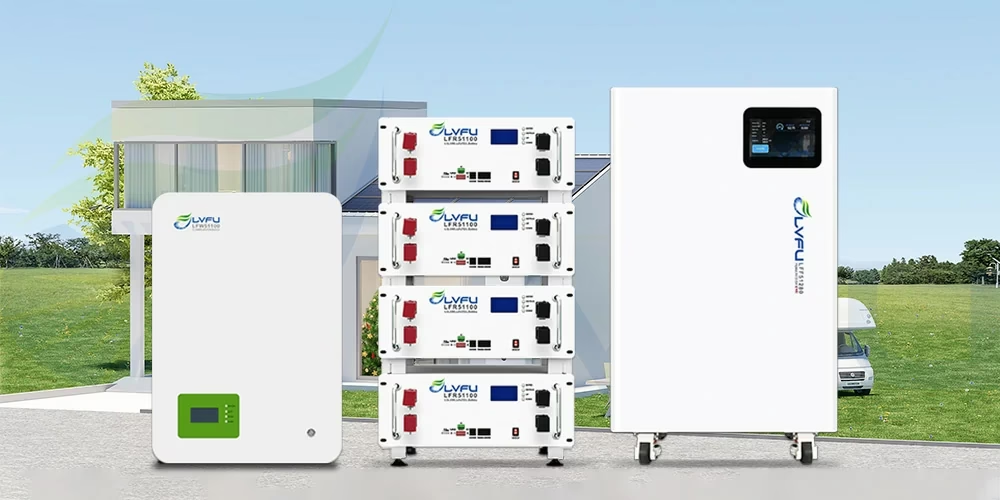
Power shortages and unstable supply lay the foundation for the rise of the energy storage battery market.
Power Supply Instability
The Philippines has long depended on fossil fuels such as coal and natural gas, leading to an unstable power supply. As a result, remote islands increasingly rely on energy storage systems to maintain electricity availability. According to reports from the National Grid Corporation of the Philippines (NGCP) and the Department of Energy (DOE), regions with aging grids or located on remote islands experience average annual power outages of over 10 hours.
Off-Grid Energy Demand
DOE data show that around 3 million households remain unconnected to the main power grid and primarily depend on diesel generators. However, as costs continue to decline, hybrid solutions combining solar power with battery storage are rapidly gaining popularity.
Energy Storage Outlook
By 2025, energy storage demand in the Philippines is projected to exceed 9,700 MWh. In response, Chinese companies are actively promoting lithium-ion batteries and smart microgrid technologies. Furthermore, the government aims to raise the share of renewable energy in the power mix from 29% to 50% by 2030, creating an urgent need for supporting energy storage infrastructure.
Leveraging technology gaps as a first-mover advantage is the key to seizing opportunities in the energy storage battery market
The Philippine grid faces multiple shortcomings that require urgent attention. Specifically, around 1.8 million households still lack grid electricity and continue to rely on diesel generators. Meanwhile, the construction of 590 MW of new energy storage infrastructure needs to be accelerated. Additionally, grid connection costs in remote areas remain prohibitively high.
Policy incentives are accelerating the rapid growth of the energy storage battery market
The Philippines’ Renewable Energy Act sets a target of 35% renewable energy by 2030 and 50% by 2040. The Department of Energy has approved several large-scale solar and wind farm storage projects.

The government’s “Electric Transportation Plan” mandates that all new public tricycles must be electrified starting in 2025 (such as pilot replacement projects in Manila and Cebu), with mainstream models using lead-acid batteries and lithium batteries.

